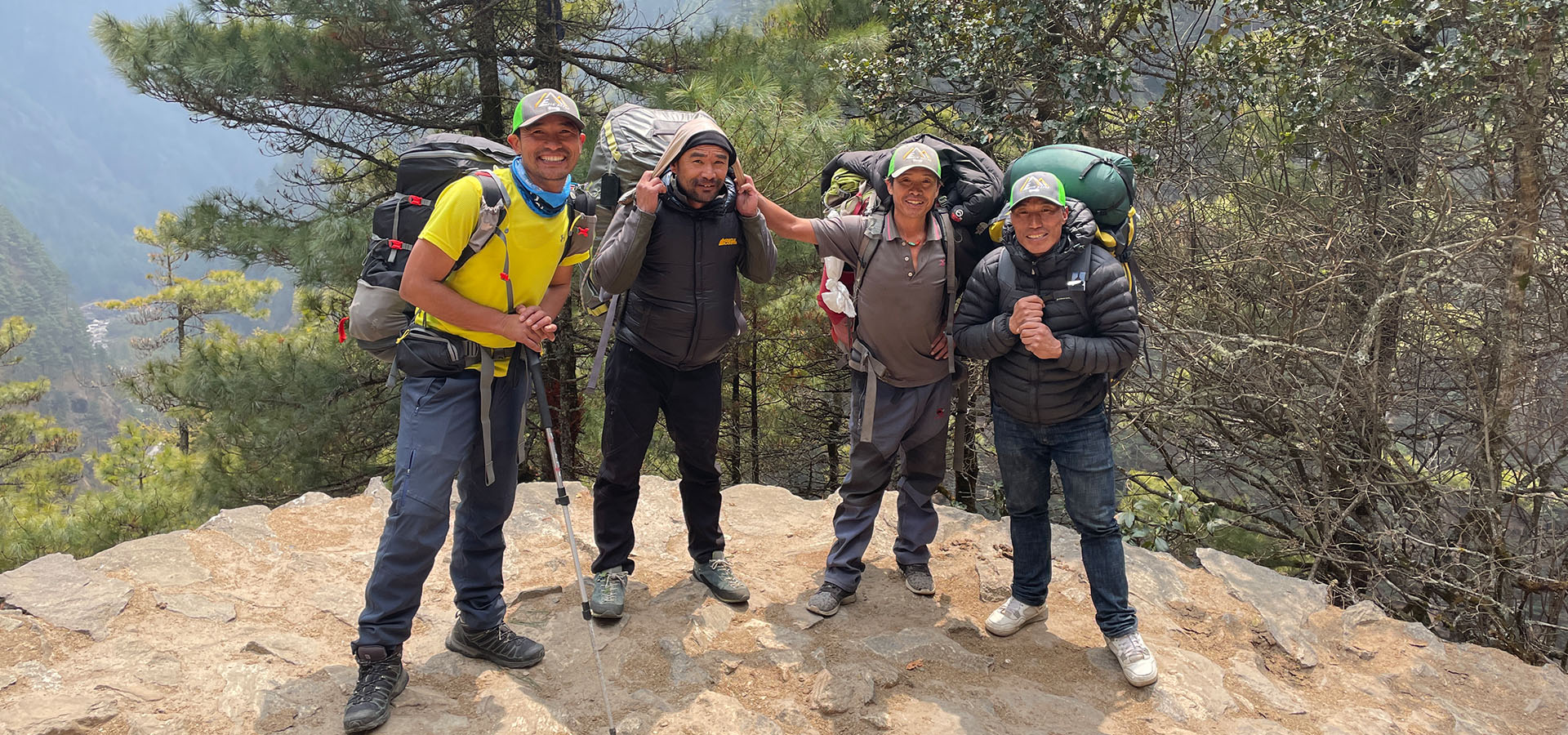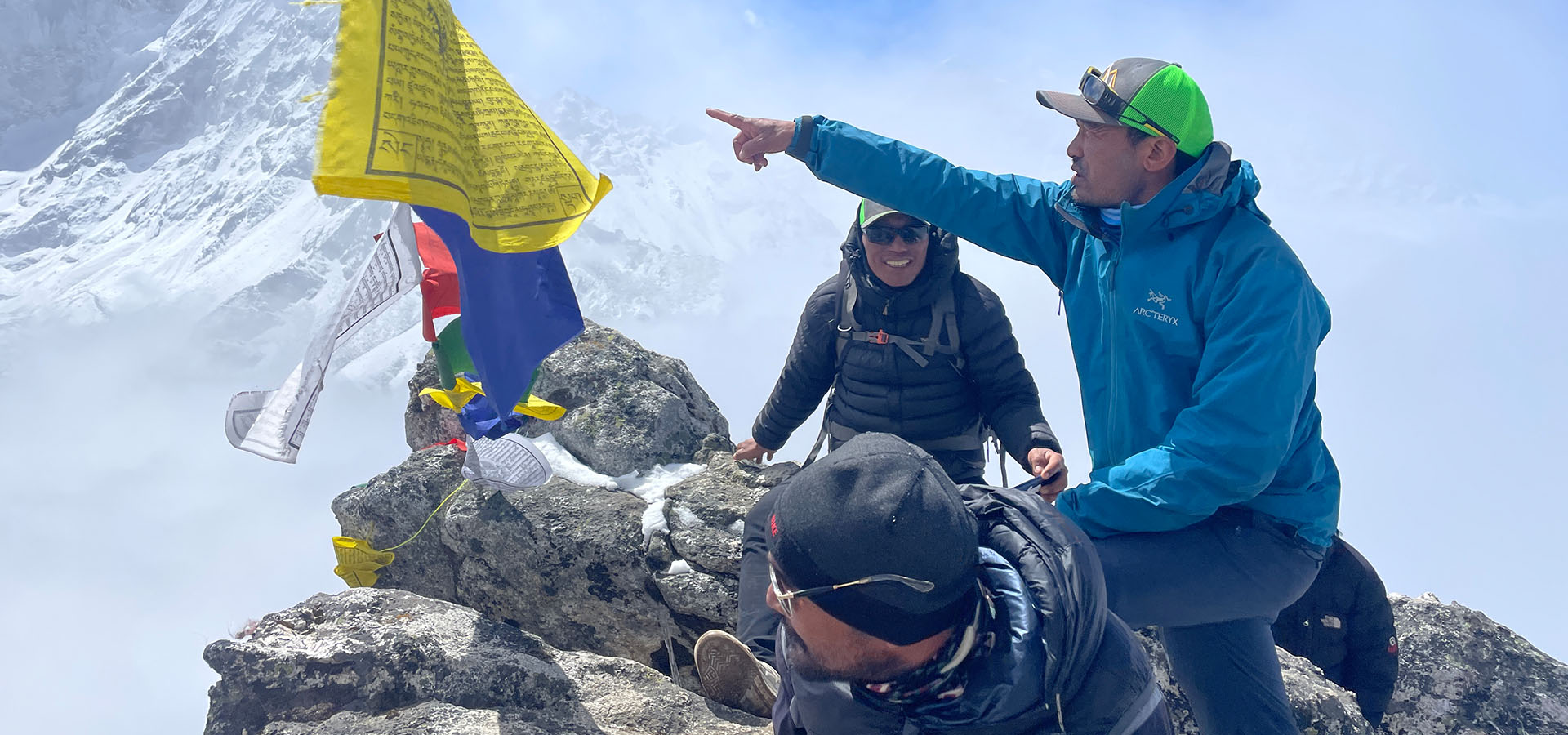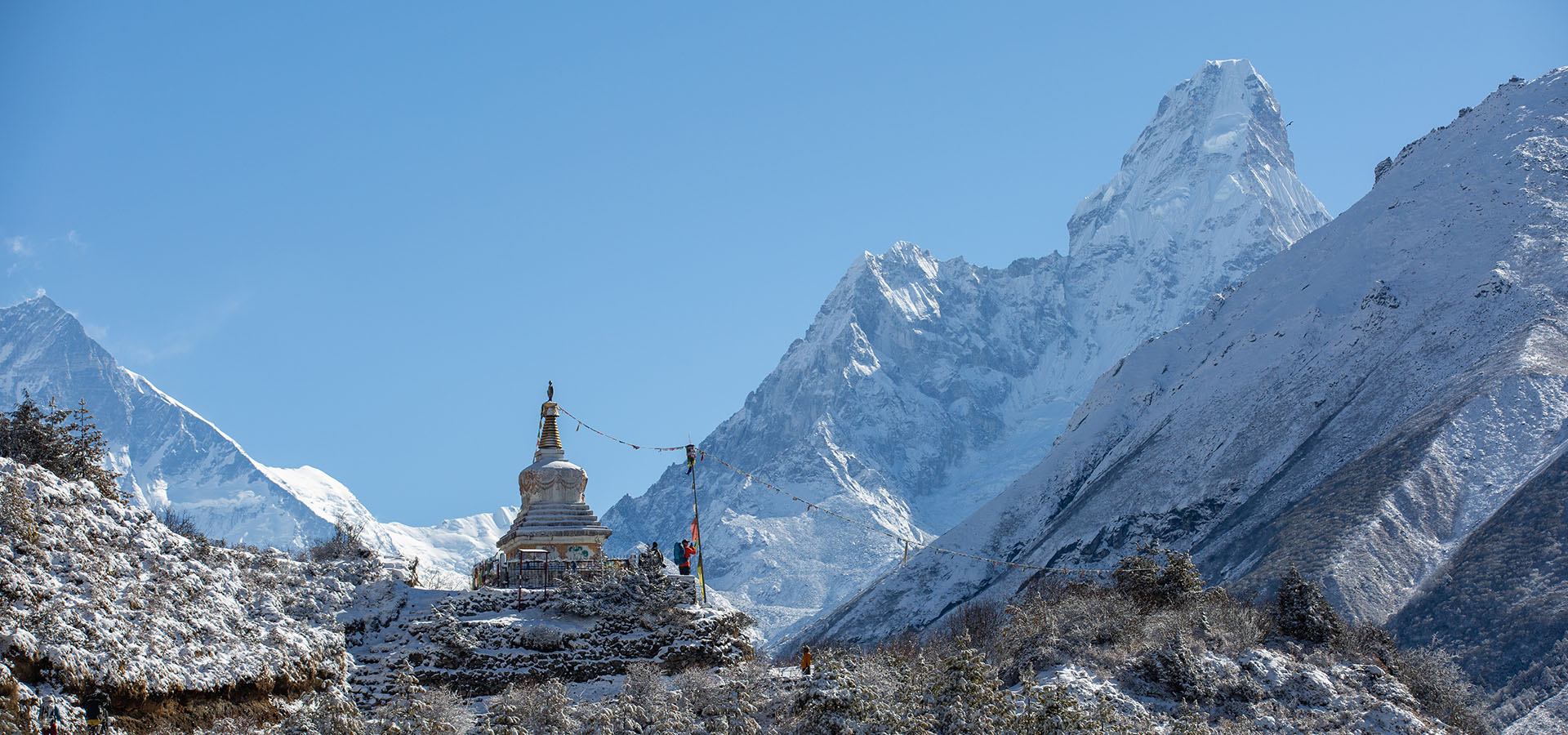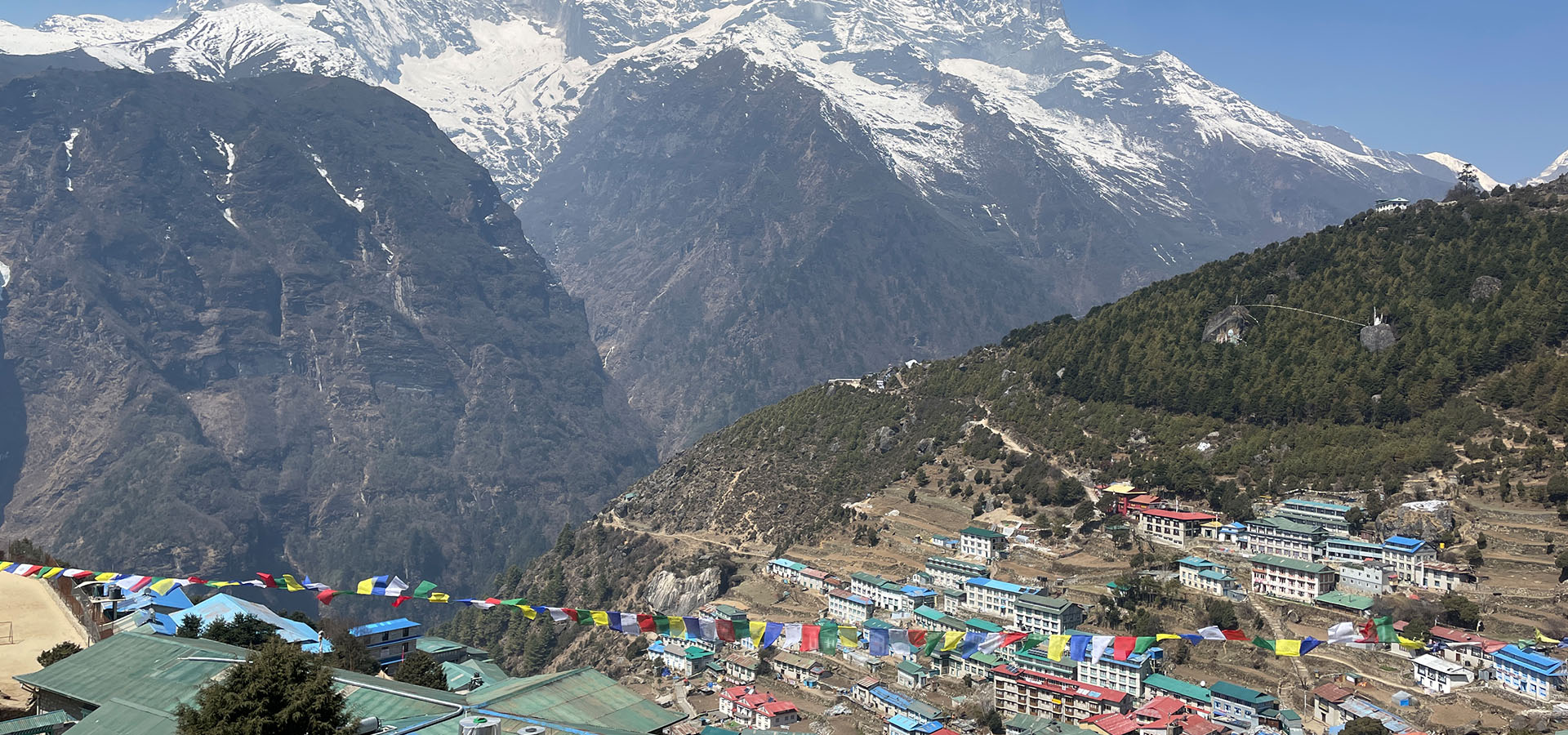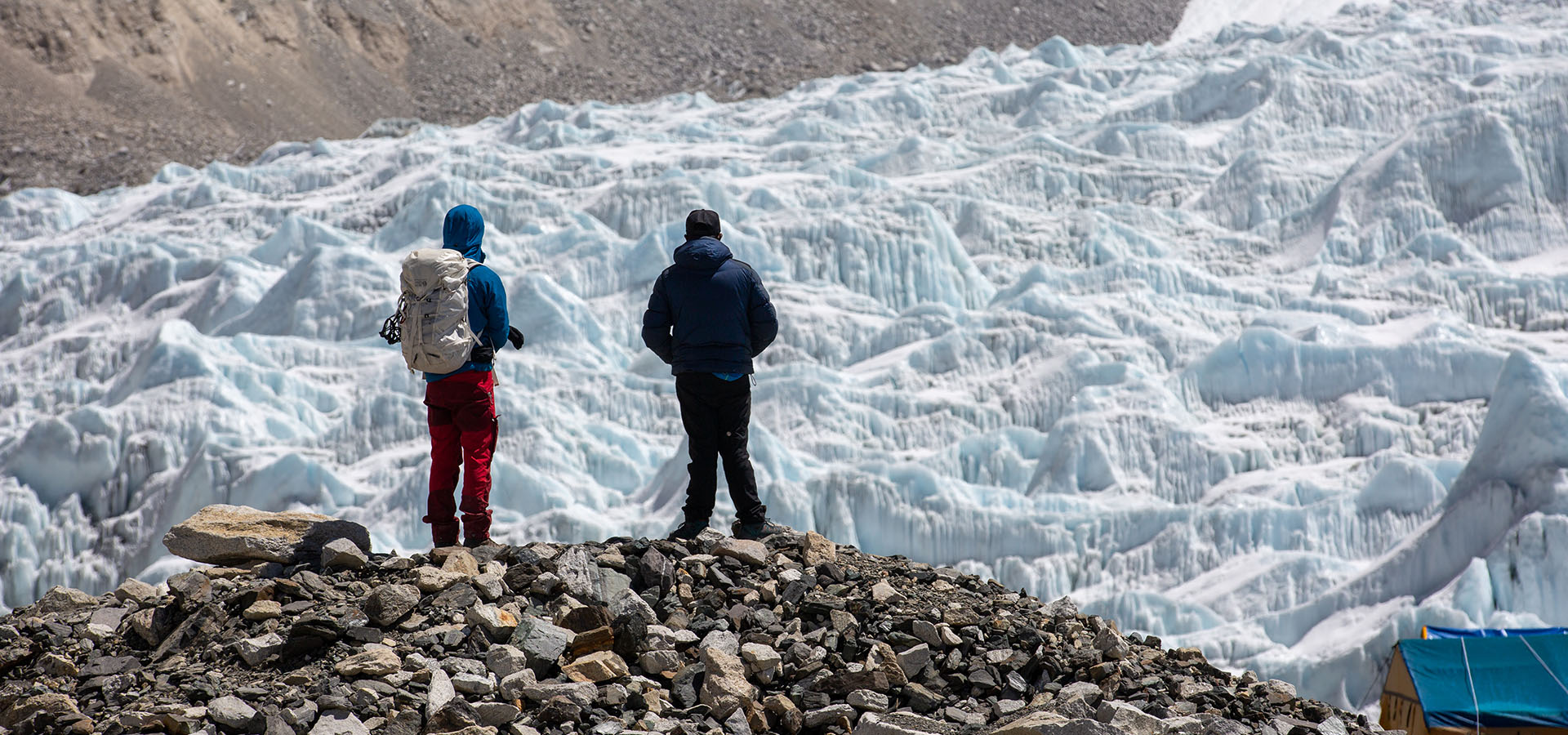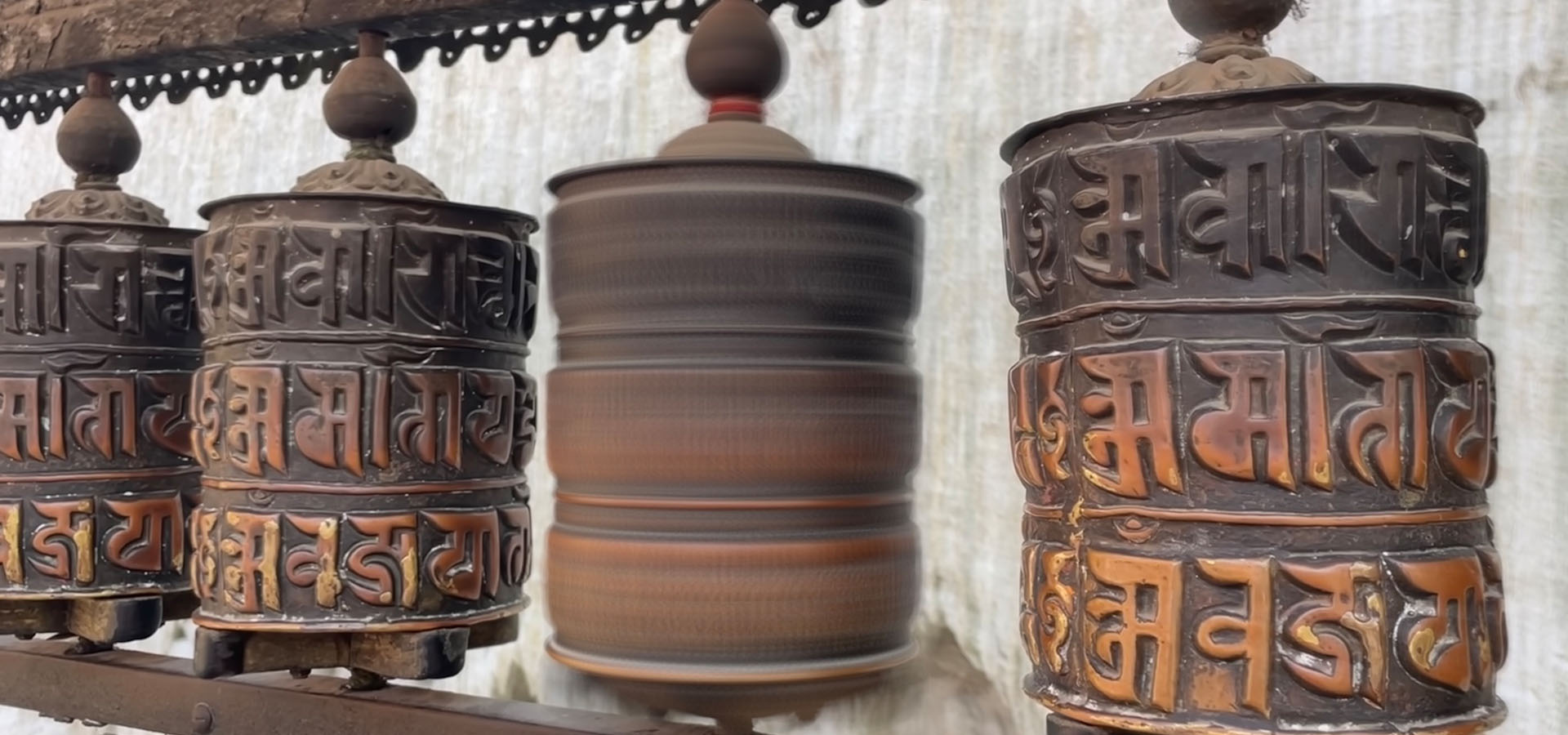Nepal
Introduction and History
Nepal is a small nation between giant civilizations and can be described as a melting pot of cultures and religions. One expects nations as large as India and China to be a strong mixture of cultural and religious elements but for a nation as small as Nepal, it can come as a surprise. Hinduism and Buddhism both have deep roots in the country. There are numerous ethnicities scattered throughout the mountains and cities, with examples like the Sherpa being among the mix. This introduction is not intended to cover it all. Adventure Access specializes in Tibetan places and people. So, rather than capture the whole of what Nepal has to offer, we are going to limit this page to that which is focused on Tibetan and Buddhist characteristics around the nation.
Key Cultural Sites and Observances in Nepal
Stupas are common throughout the country of Nepal. Swayambhunath is one of the oldest known stupas and the well known Boudhanath stupa is one of the largest in the world.
In addition to man made structures, it is the mountains that dominate the cultural and religious landscape of Nepal. See more about mountains just below.
Adventure Opportunities in Nepal
Nepal is home to the highest elevations on the planet. Mount Everest is on the border with China and 7 other 8000+ meter peaks are located in the country or on the border with China’s Tibetan region. The other notable peaks are Lhotse, Makalu, Cho Oyu, Kangchenjunga, Dhaulagiri, Annapurna and Manaslu.
Adventure opportunities abound. Multi-day treks are the most common activity in the country for the average adventurer. Popular destinations include Everest Base Camp, the Annapurna circuit, and for those allured by exclusivity, Nepal’s Mustang region.
Best Time of Year to Visit Nepal
We’ve already said it but the reason most people visit Nepal is the mountains. For clear skies and the best views, October through December is the best time to visit.
Climbing big peaks in Nepal can be done in various seasons but each season provides different challenges.



